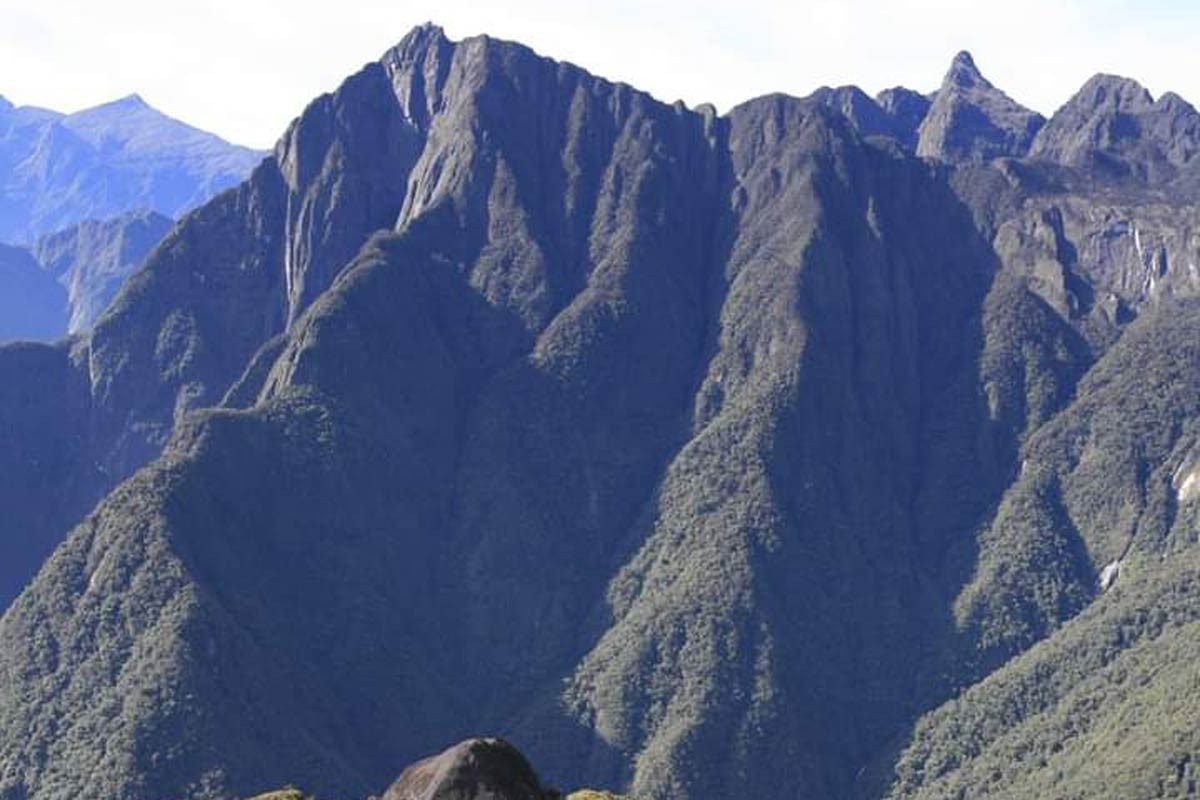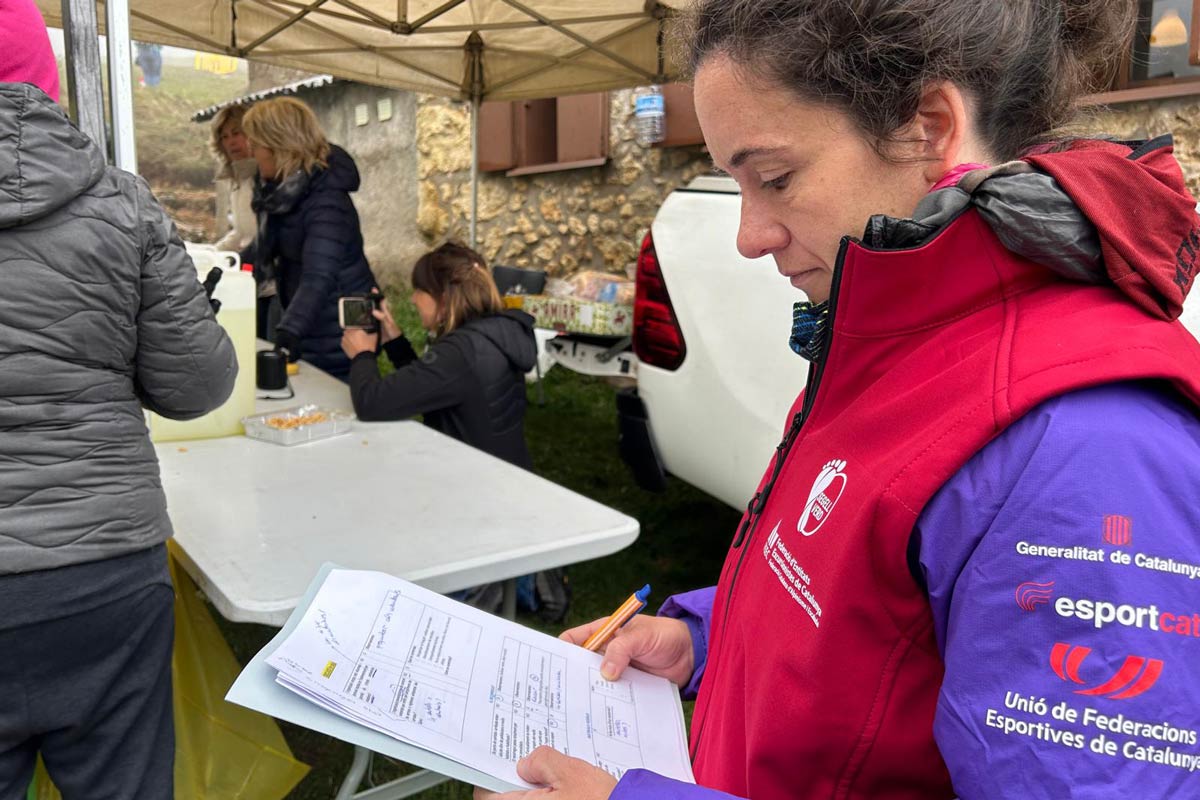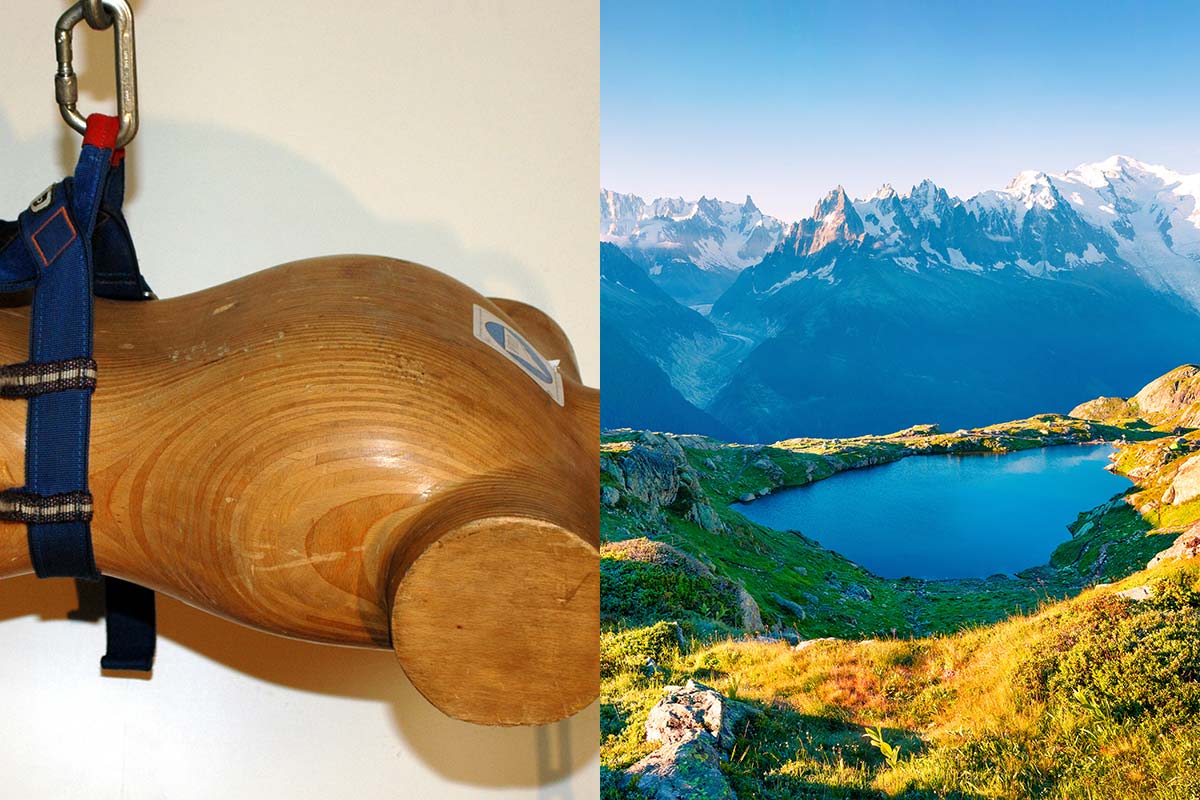OVERVIEW
The project aims at establishing a new national walking track in Papa New Guinea. Through three base camps, the track would summit at Mt Wilhelm (4,509 m.a.s.). Jack Parr Ecotourism and Cultural Site is building towards a smarter and vibrant generation through mountaineering and sustainable conservation of biodiversity and cultural preservation. The organisation welcomes new technologies and ideas relating to mountaineering and tracking, but at the same time keeping traditions and the environment intact.
—
Vision, goals and objectives
The project aims to establish a National Walking Track from Amblua in Jiwaka to Keglsugl in Simbu Province, in Papa New Guinea. People can track from Keglsugl to Amblua or vice versa and it will be about 38 to 40 Km walking distance. Ideally, the track will be quite famous one day such as the Milford Track in New Zealand or the Alps Walking Track in Australia. At the summit and along the same range heading towards Madang Province there are great mountains for mountaineering activities.
The project is building towards a smarter and vibrant generation through mountaineering and sustainable conservation of biodiversity and cultural preservation. It will welcome new technologies and ideas relating to mountaineering and tracking but at the same time keep traditions and the environment intact. The hope is for this project to help improve living standard of rural families, generate income, inclusive participation of women and youth for training and education. Education and training will be two important aspects of this project, especially in conservation of natural resources, enthnobiology, mountaineering, financial literacy, nutrition and sustainable agriculture.
The area is isolated from the many infrastructural developments taking place in our country, Papua New Guinea (PNG). The greatest desire of the organizers is to one day see its children go to school, get an education like many other children, and for mothers and children to be cured from treatable diseases unlike today where many of the people especially mothers die during childbirth and treatable diseases because of lack of transportation, medication and unavailability of trained health workers. The money earned through the project could be used to pay for medical costs which can save lives. In the long run, money generated from mountaineering activities will be diverted to such worthy causes to support the community.
Jack Parr Ecotourism and Cultural Site wants to showcase the unique pristine mountains, various artefacts and intact customs through this project.
Expected implementation and outcomes
For the initial stage of the project necessary buildings using entirely bush materials are being erected. That includes paving materials along the track, resting stations and a guest house. Later on, Jack Parr Ecotourism and Cultural Site will change some building structures to a mixture of western style and local material designs. The work is being carried out slowly but steadily during this pandemic period.
The track will start off near Amblua village passing through three base camps before reaching the summit. This will be about 20 km distance of hiking up the summit with additional 11.7 km from the peak to Betty’s Lodge towards Simbu on the existing National Park track. There is a base camp at 3,500 m near the two very beautiful lakes Pinde and Yaunde. Three resting mountain cabins will be built and equipped with first aid kit, radio in case of emergency, hot water system, and beddings as well as cooking utensils. It will require semi-permanent to permanent buildings to withstand the climatic condition at the higher altitude. The approximate 38-kilometer track will start of at Amblua to Keglsugl (2,800 m) or vice versa.
After establishing necessary buildings and track, experts for a mountaineering training courses for the local will be engaged or one or two locals will be sent for training as a prerequisite task prior to starting the tour operation. For the training youths (both male and female) will be sent to similar touring operators in the country. It will be the first of its kind in Papua New Guinea to have such mountaineering activities and potential income generating entity for the newly established province of Jiwaka.
As it would be an integral project, the traditional piece of land for vegetable farming, apiculture, and inland fish farming of Tilapia and Trout fish will be preserved. And building artefacts as well as training and educating younger ones in traditional artefacts and dancing will be kept alive. All menus would be locally produced from the allocated land. The villages will farm and Jack Parr Ecotourism and Cultural Site will buy from them.
Climbing, mountaineering or outdoor sport focus
Amblua is a remote village stationed at the foot of Mt Wilhelm at about 2,000m above sea level. The same range where Oceania (inclusive of New Zealand and Australia) highest peak, Mt Wilhelm 4,509 m (14, 793 ft) is located. This is in the main peak category of UIAA mountain classification and is in the category of the Seven Summits (https://en.wikipedia.org/wiki/Seven_Summits) or actually nine. Towards the summit and along the same mountain range there are very beautiful alpine vegetations and mountains which were never before climbed or used for any other mountaineering activities except only once climbed by a Catholic Missionary and talented trade person from Switzerland some decades ago. One can experience and see at hand, changes in vegetation types while climbing up from misty thick forest to the alpine level. The area would be best for traditional climbing or sport climbing. During the night at the three designated resting places, climbers will have the opportunity to see and hear the endemic New Guinea Singing Dogs, a wild dog only found in New Guinea.
There is no cash crop or other potential source of generating income for the local people at the moment, except tracking in combination with other mountaineering activities that are suitable. There is loads of potential, but the geographical location makes hindrance to any economic activities to start off easily. Combined with unique and endemic flora and fauna such as the various Bird of Paradise species along the track and the endemic wild dog, this makes it to be on the lists of places to visit when in Papua New Guinea especially for nature lovers and bag packers.
Mountaineers can be at peace and be calm when connected with Mother Nature, or for recreational and well-being. There is also potential for collaboration in research activities focusing on mountain flora and fauna.
Best practice in mountaineering and mountain-based sports for mountain protection
The Establishment of a National Walking Track will promote mountaineering activities that involve a more sustainable and eco-friendly approach towards mountain vegetations and ecosystems. A bigger proportion of activities will be in line with the sustainability vision of the organisation. If there needs to be improvements, alteration of the tracks and climbing routes to suit the climber needs, the organisation will adhere but it will be done in the interest of both party goals.
The project entails building a traditional house called ‘hausman’ a house built for warriors only during tribal war times. The chief is the head of the house and normally will chair meetings prior to war. They would discuss war tactics as well as other customary obligations for upcoming leaders and boys. The house serves as a classroom for youth education and training towards manhood and warriors. Women and children were traditionally forbidden to enter the house. However, the hausman and its ceremonies have not been practiced for couple of decades. A newer version will be used for training, awareness to the local people and visitor’s safety and guidelines will be told during arrivals. Discussing the importance of cleanliness and alpine flora and fauna preservation, so that climbers will be careful and taking precaution in littering while travelling along the track or climbing. The audience will include women representatives to participate in decision making and other important gatherings for the community. This house will serve as a community hall, where important decisions will be made for community leaders and elders to lead. Children will be taught their traditional ways of doing things such as dancing styles, artefacts.
The places where the track will trespass are a secret place for the Ambluans as well as the Bundi’s towards the Madang side. No unnecessary people would be going there for hunting except the true traditional land owners. This makes this place more unique and sacred, reserved for only important traditional ceremonies and/or feast. Jack Parr Ecotourism and Cultural Site will continue to bear this in mind and consider mountaineering activities that do not disrupt the ecological processes and function in line with mountain protection and sustainability, considering protection of alpine flora and fauna for recreational and well-being for potential visitors as well as local people.



